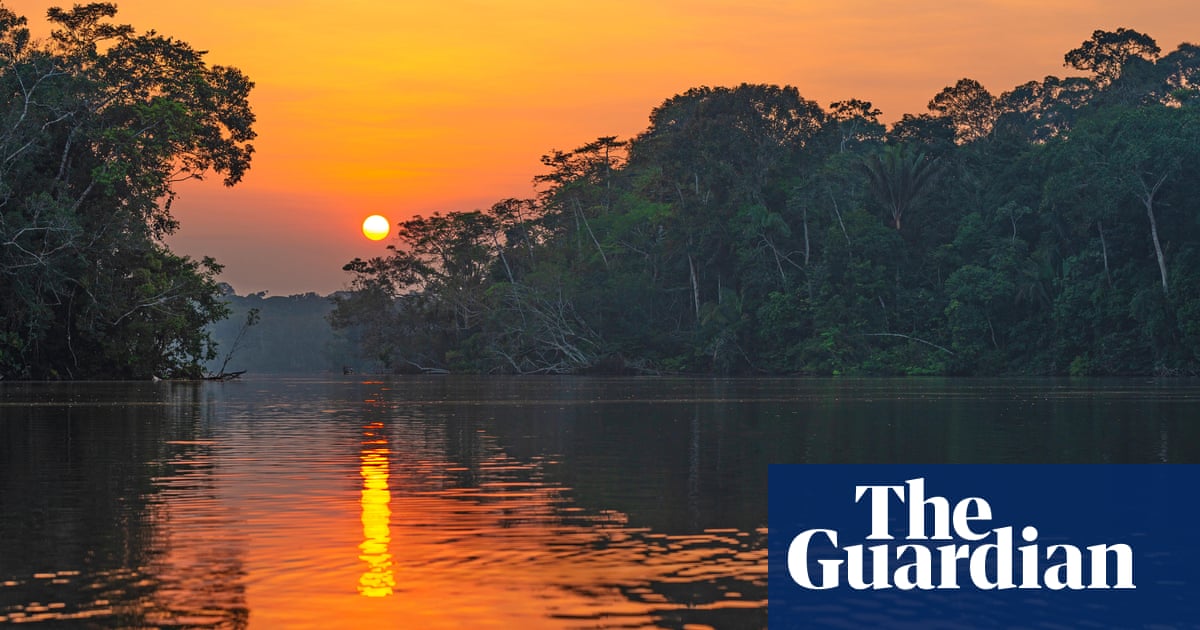It is an absolute truth, hard-wired into every explorer’s tales, that the Amazon is deadly dangerous. If the electric eels, piranhas, sting rays and caimans don’t get you, the hordes of biting insects and snakes will. Every living thing is ready to devour you or lay eggs under your skin.
And, in a world of water, swimming is particularly risky. When the naturalist, explorer and writer Redmond O’Hanlon ventured upriver, he claimed to have adapted a cricketers’ protective box to pee through: a barrier for the dreaded candiru fish that allegedly swims up the urethra and gets stuck. For men, amputation could be the only solution. But then in the world of old-fashioned exploration, it was mainly men who got to be explorers, and presumably, those who survived were cricketers, or had extremely tight-fitting swimming trunks.
More recently, the dangers have evolved. Now we have the additional perils of drug gangs, drought, forest fires and Pablo Escobar’s hippopotamuses. Yes, Colombia’s most famous citizen, after Shakira, introduced hippos into the region. All this, of course, assumes that you can even find the Amazon – deforestation having been ramped up by chainsaw-wielding proto-dictators leaving a gargantuan desert of genetically modified soya bean triffids.
It is with some relief, then, that I stand on the river’s banks and watch a flock of several thousand parrots cackle their way across the frothy fringe of primary jungle that lines the far side. We are about 30 miles (50km) upstream from Iquitos, the main city of the Peruvian Amazon. I started my journey downriver in the mountains of Bolivia, trekked down past the headwaters of the Apurímac and Marañón rivers, then took a short flight into Iquitos, a city of nearly half a million people that has no road connection to the outside world. From here, I will travel on various boats to Belém, Brazil, at the mouth of the Amazon.
We board a canoe and watch pink river dolphins roll in the water ahead of us. On the banks, the parade of birdlife is incessant: five types of kingfisher in the first 20 minutes, plus everything from ani to zigzag heron – there are entire bird families I’ve never heard of. We reach our home for the next few days, the lovely thatched Pacaya Samiria…
Click Here to Read the Full Original Article at Travel | The Guardian…
